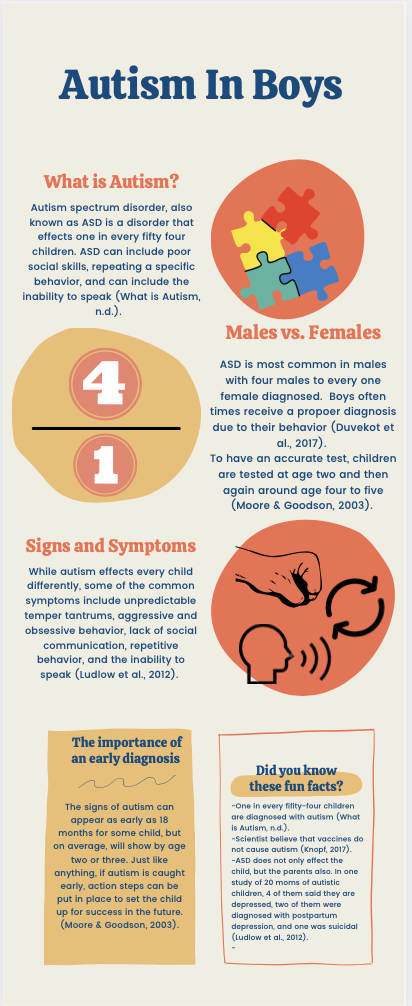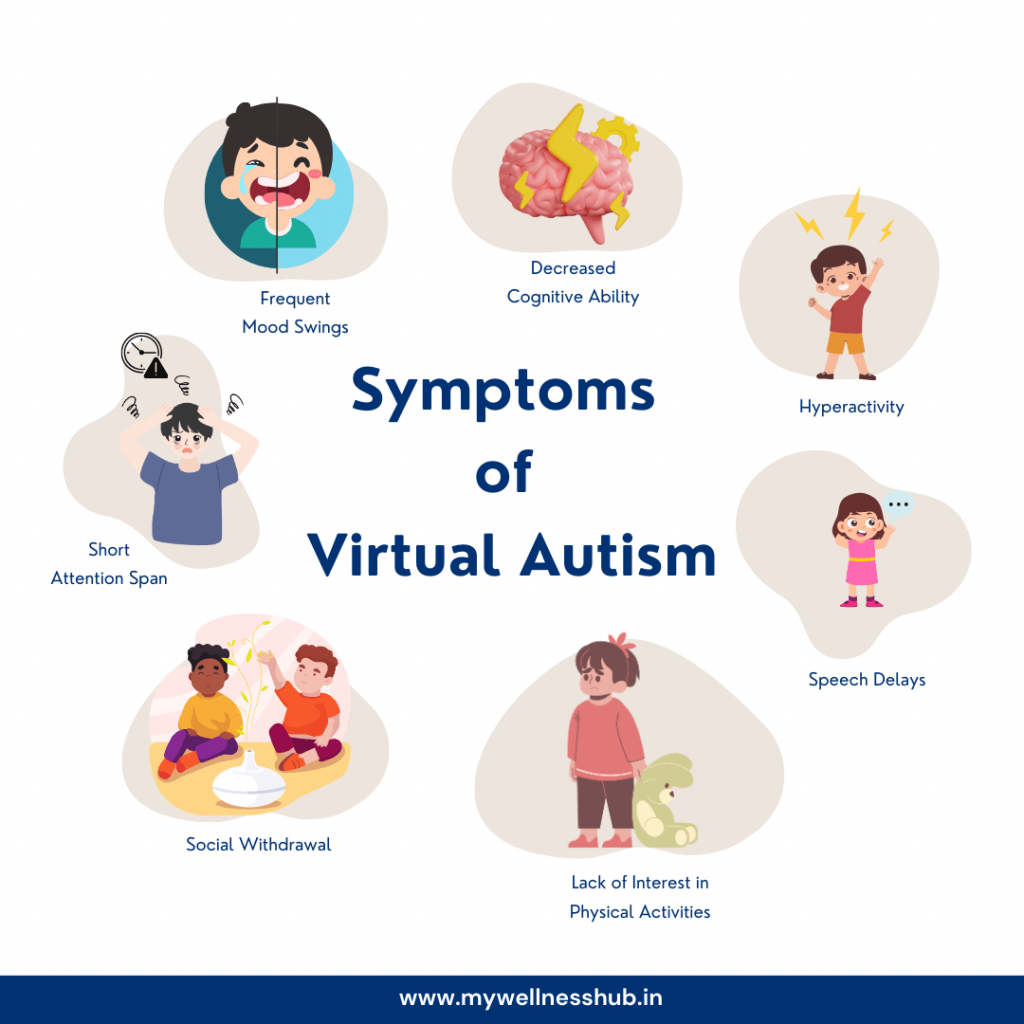The role of structured routines benefit autistic individuals—according to an Autism Therapist’s advice
The role of structured routines benefit autistic individuals—according to an Autism Therapist’s advice
Blog Article
Comprehending the Impact of Behavioral Autism on Every Day Life and Social Interactions
You may not understand how deeply behavior autism influences life and social communications. Individuals on the spectrum frequently navigate a world full of communication obstacles and sensory overload. These difficulties can result in frustration and isolation, influencing their connections and overall well-being. Recognizing these subtleties is crucial for cultivating helpful atmospheres. What techniques can we implement to produce more inclusive rooms and purposeful links? The solutions may amaze you.
Specifying Behavior Autism and Its Qualities
Behavior autism, commonly referred to as autism spectrum problem (ASD), includes a series of problems defined by challenges in social interaction, interaction, and repetitive habits. You could discover that people with ASD commonly have a hard time to analyze social hints, which can bring about misconceptions in conversations. They might discover it difficult to establish eye contact or take part in tiny talk, making social circumstances really feel overwhelming.
Interaction problems can manifest in different means, from delayed speech advancement to a choice for using fewer words. Recurring behaviors, such as hand-flapping or shaking, can function as coping mechanisms to manage stress and anxiety or sensory overload. These qualities can greatly impact life, making it crucial for you to recognize and support those with ASD. By recognizing these attributes, you can foster a setting that advertises acceptance and motivates reliable communication, assisting people with autism flourish in their day-to-day communications.
The Range of Autism: Understanding Variability in Habits
Autism range disorder (ASD) isn't a one-size-fits-all diagnosis; it varies widely among people. You might come across people that are extremely verbal and involve easily in discussions, while others may choose solitary activities or connect non-verbally.
Additionally, the method people with ASD react to sensory input can vary greatly; some might be overwhelmed by loud sounds or bright lights, whereas others grow in promoting settings. The spectrum additionally includes differences in social interactions; some individuals may battle to translate social cues, while others navigate social settings with relative ease. Recognizing this variability is crucial, as it aids you appreciate everyone's distinct experience and dressmaker support to their details requirements, promoting a much more inclusive setting for everybody.
Communication Challenges Dealt With by Individuals With Autism
When you connect with individuals on the autism range, you might discover their special interaction difficulties. They typically deal with difficulties with both verbal and nonverbal signs, which can impact their social communications. Recognizing these obstacles is crucial for promoting much better links and support.

Verbal Interaction Difficulties
Numerous people on the autism range experience verbal interaction troubles that can substantially influence their everyday communications. You could locate it testing to express your ideas, feelings, or requires clearly. This can bring about disappointment for both you and those around you, as misunderstandings take place. You might deal with starting conversations, maintaining a topic, or comprehending nuances in speech. Typically, you may choose making use of straightforward language or repeated expressions, which can restrict your capacity to participate in deeper discussions. Your rate, quantity, or tone may not line up with social expectations, causing others to misinterpret your intents. Acknowledging these challenges can aid you and your support network develop techniques to boost interaction and cultivate much better connections with others in your day-to-day live.
Nonverbal Interaction Obstacles
Verbal communication isn't the only difficulty people on the autism range face; nonverbal communication obstacles can be just as substantial. You could discover it difficult to interpret body movement, faces, and eye contact, which are vital for effective communication. These challenges can bring about misconceptions or misinterpretations of social signs, making interactions feel complicated or overwhelming. You might struggle to share your own feelings with nonverbal methods, leaving others unclear of your purposes or feelings. This detach can create sensations of isolation and frustration. Recognizing these obstacles is important for fostering understanding and compassion in your interactions. By resolving nonverbal communication, you can find methods to improve your social experiences and improve your total lifestyle.
Social Communication Impacts
Social communications can typically feel overwhelming because of the unique communication obstacles dealt with by individuals with autism. You might deal with analyzing social signs, making it hard to comprehend sarcasm or body language. This can cause misunderstandings or awkward moments in conversations. Additionally, initiating and maintaining conversations may feel challenging, causing anxiety in social scenarios. You might prefer organized atmospheres, making spontaneous interactions uncomfortable. It's likewise usual to experience problem in participating in tiny talk, which can hinder creating brand-new relationships. Acknowledging these obstacles can aid you discover techniques to boost interaction, such as practicing social skills in safe setups or making use of visual aids - Autism Behavioral Therapy. Recognizing your demands enables you to browse social communications with higher confidence and convenience.
Social Communication and Relationship Building in Autism
While structure relationships can be challenging for individuals with autism, comprehending their unique point of views and interaction designs can foster significant links. You could observe that numerous people on the range prefer straight communication and might have problem with social hints or tiny talk. By being straightforward in your communications, you can help produce a setting where they really feel comfy.
Make the effort to listen and Get the facts observe how they express themselves. This understanding can guide you in guiding conversations better. Taking part in shared interests can also offer as a bridge to deeper links. Whether it's a leisure activity, a favorite show, or a mutual passion, these typical threads can open doors to friendship.
Daily Life Routine: Browsing Obstacles and Strategies
Steering life regimens can be particularly challenging for people with autism, specifically when unexpected changes happen. You may discover comfort in having a structured timetable, as it assists you expect what's next. It's regular to really feel anxious or overwhelmed when interruptions happen. To navigate these challenges, consider applying aesthetic timetables or checklists. These tools can give quality and confidence.
Developing a routine that consists of sensory breaks can also be valuable. This assists create an understanding atmosphere.
Finally, method mindfulness techniques to Get the facts take care of stress and anxiety and anxiousness. Easy breathing exercises or grounding strategies can make a substantial difference. By integrating these methods, you can enhance your day-to-day routine and reduce disruptions, making life really feel much more convenient.
Staminas and Capabilities of Individuals on the Autism Spectrum
Recognizing daily life routines is simply one aspect of the autism experience. Numerous individuals on the autism spectrum have exceptional staminas and abilities that establish them apart.
Moreover, your memory skills commonly beam, especially in locations of passion. Autism Spectrum Therapies. This propensity for maintaining details can make you a beneficial source in areas like art, technology, or scientific research. You may additionally show solid visual thinking, allowing you to picture complex concepts and address issues creatively
Additionally, your unique viewpoint on the globe can promote compassion and understanding in others, improving social interactions. Embracing these toughness not only boosts your confidence but additionally assists others value the diverse skills you offer the table.
Creating Inclusive Settings for People With Autism
Creating comprehensive atmospheres for individuals with autism begins with making sensory-friendly areas that accommodate their distinct demands. You can likewise cultivate possibilities for social interaction, aiding to develop friendships and connections. By making these changes, you'll add to a more welcoming environment for every person.
Creating Sensory-Friendly Spaces
While creating sensory-friendly areas, it's essential to reflect on the distinct requirements of individuals with autism. Beginning by choosing relaxing colors and soft lights to produce a relaxing setting. Incorporate peaceful areas where individuals can recharge and pull away when bewildered. You'll wish to lessen loud sounds and disturbances, using soundproof materials or white sound machines to assist maintain serenity. Take into consideration tactile aspects like soft textiles or fidget-friendly objects that can supply convenience. Determine that areas are adaptable, allowing for easy reformation to accommodate various activities. Include visual schedules or clear signage to help individuals browse the room confidently. By thoughtfully integrating these aspects, you can produce an inviting ambience that supports sensory requirements and advertises overall wellness.
Advertising Social Communication Opportunities
Creating sensory-friendly areas not only addresses individual comfort however additionally establishes the stage for significant social interactions among people with autism. To promote these communications, develop inclusive settings that welcome her comment is here involvement. Arrange structured activities, like art courses or team video games, that urge collaboration without overwhelming sensory input. Use visual help and clear communication to help everybody engage conveniently. Encourage peer mentoring, coupling people with autism with helpful peers who can lead them through social scenarios. Furthermore, take into consideration holding routine area events that commemorate neurodiversity, cultivating acceptance and understanding amongst all individuals. By applying these strategies, you can improve social opportunities, aiding individuals with autism construct friendships and enhance their social abilities in a risk-free, inviting atmosphere.

Regularly Asked Inquiries
How Can Friends Assistance Someone With Behavioral Autism?
You can support a close friend with behavioral autism by holding your horses, listening actively, and appreciating their boundaries. Take part in activities they enjoy, connect freely, and produce a comfortable atmosphere where they really feel valued and recognized.
What Resources Are Readily Available for Moms And Dads of Kid With Autism?
You can check out various resources for moms and dads of children with autism, consisting of assistance teams, academic web sites, and local neighborhood solutions. Getting in touch with various other parents can also supply useful insights and shared experiences to help navigate challenges.
Can Behavioral Autism Change With Time?

Yes, behavioral autism can alter gradually. You might discover shifts in communication, social abilities, and actions as your child expands. Early intervention and support commonly play crucial duties in these developmental modifications.
Exactly How Do Sensory Sensitivities Impact Every Day Life?
Sensory level of sensitivities can make everyday experiences overwhelming. You could deal with loud sounds or brilliant lights, causing stress or avoidance. Discovering settings that accommodate your demands can greatly enhance your convenience and general day-to-day live.
What Prevail Misconceptions About Behavioral Autism?
You might assume behavior autism just influences communication skills, however it's more complex. Several presume individuals do not have empathy or knowledge, which isn't true. Understanding these misunderstandings helps foster approval and support for those on the spectrum.
Behavioral autism, usually referred to as autism range disorder (ASD), encompasses a range of problems identified by challenges in social interaction, interaction, and recurring habits.Social communications can frequently feel overwhelming due to the special communication challenges encountered by people with autism.Creating sensory-friendly spaces not only addresses specific comfort but also establishes the stage for significant social interactions among individuals with autism. Encourage peer mentoring, matching people with autism with encouraging peers that can guide them with social situations. By applying these techniques, you can boost social possibilities, helping people with autism construct relationships and strengthen their social abilities in a secure, welcoming atmosphere.
Report this page